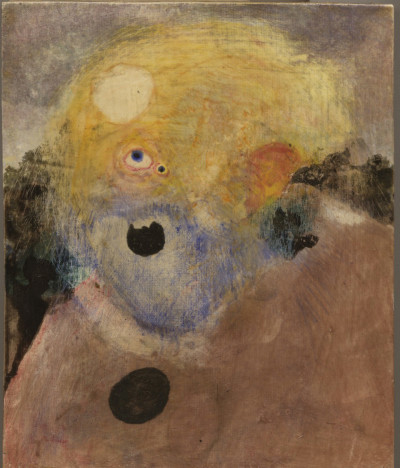Rude ≠ nude
In the next section, and if you visit the RA, you will find paintings and sculptures that feature the naked body. It’s good to giggle in a gallery, but you might want to help your students understand that nude doesn’t always mean rude!
To showcase power and strength
Muscular men often feature in Greek sculptures, vases, and mosaics. The Greeks were not shy about the human body! They associated it with triumph, beauty, and strength.
For Anatomical accuracy
In the Renaissance, artists were very interested in anatomy and often were or worked with anatomists. Anatomy is a very old science and concerns the identification and description of the body. Artists, including Michelangelo, wanted the bodies in their works of art to be as lifelike as possible so they needed a good understanding of how the body worked. It’s easier to see how a knee bends or how a torso can twist without clothes!
To flex
Painting naked bodies was a way for artists to showcase their talents, skills, and their superior knowledge of the human body. In the 18th-century, artists studying at European art academies such as the Royal Academy learnt to draw and understand the human figure by drawing from a live model, a mannequin or a sculpture. They sometimes worked from from Classical sculpture and friezes.
To show what hasn’t been shown
Artists still show naked bodies today. The naked body can be a useful way to talk about gender, disability, and race. Eileen Cooper shows naked people in her work a lot! Women in her art don’t battle mythical creatures though, they usually stretch, dance, or dream.
Make it your own
Ask your students to write down their funny first impressions. After explaining that rude ≠ nude, ask them to write down what they think of the artwork now that they understand more about why the body is such an important part of art. Talk about what’s changed!





















































